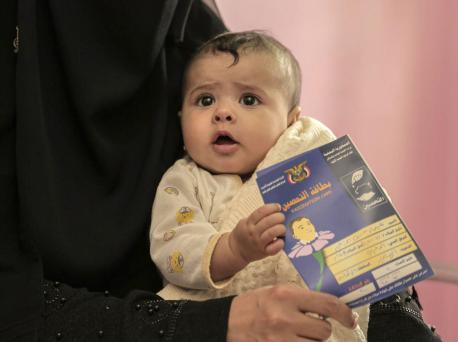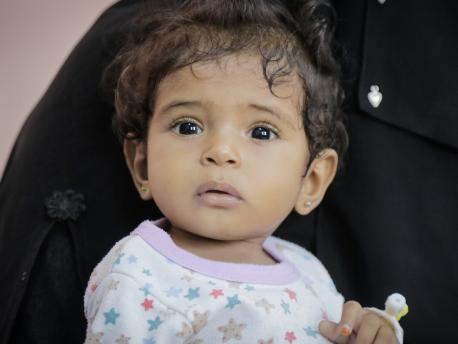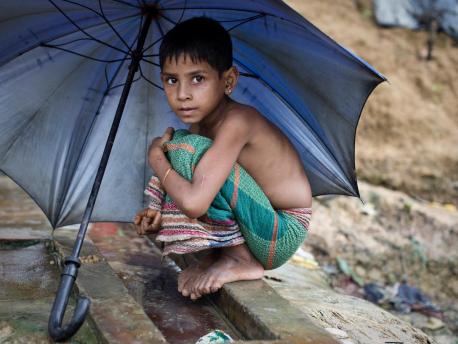
Three Things You Might Not Know About Rohingya Refugees
Terrorized by the Myanmar military, the Rohingya fled to Bangladesh. Now monsoon rains are destroying their refugee camps.
1. More than 700,000 Rohingya refugees have abandoned their homes in Myanmar and fled to Bangladesh since August 2017.
A brutal military crackdown of rape, murder, torture and arson in Myanmar's northern Rakhine State has driven more than 700,000 terrified Rohingya refugees out of their homes and into neighboring Bangladesh, triggering one of the fastest growing humanitarian crises in the world. An estimated 60 percent of the displaced Rohingya are children. Now living in hastily constructed settlements of plastic tarpaulin-covered bamboo structures built on steep, muddy hillsides, the Rohingya face a new threat: monsoon season.
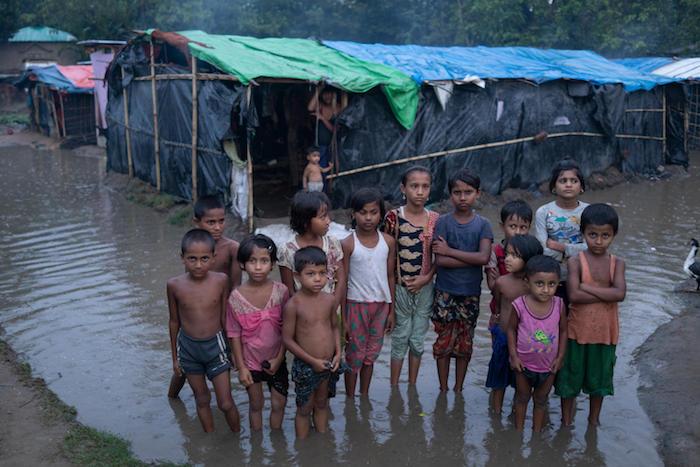
Rohingya refugee children wade through floodwaters surrounding their families' shelters in Shamlapur Makeshift Settlement, Cox's Bazar district, Bangladesh. © UNICEF/UN0213974/Sokol
2. Monsoon rains are engulfing the overcrowded camps.
The monsoon season started in early June with torrential rain and winds up to 43 miles an hour. Landslides are causing shelters to collapse. Latrines are filling with floodwaters. “As the monsoon rains intensify, so do the dangers that children face – not only injury, separation or even death as a result of landslides and flooding, but also disease, and a lack of access to vital services including health and education,” says Edouard Beigbeder, UNICEF Representative in Bangladesh. “Urgent support is needed to avert further catastrophe for thousands of children.”
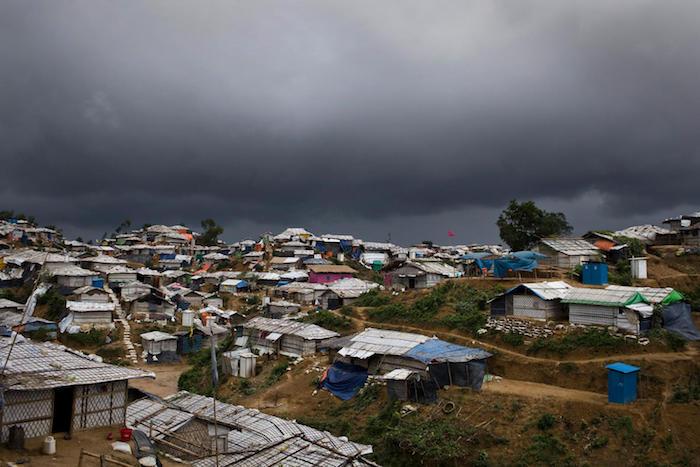
Rain clouds are seen approaching a part of the Balukhali-Kutupalong refugee camp sheltering more than 800,000 Rohingya refugees in Cox's Bazar, Bangladesh on June 23, 2018. The biggest refugee camp in the world is battling landslides, flash floods and spreading waterborne diseases caused by torrential monsoon rains. © UNICEF/UN0219102/Modola
3. The ethnic minority Rohingya have lived in Myanmar for centuries but they do not have citizenship.
Rohingya Muslims face official and social discrimination in predominantly Buddhist Myanmar. Earlier this month, a Myanmar official told a commission chaired by former United Nations Secretary-General Kofi Annan that Myanmar will not be able to amend a 1982 law, which largely restricts citizenship to members of what it terms "national races" — the 135 ethnic groups deemed by the state to be indigenous. Muslims have lived in the area now known as Myanmar since as early as the 12th century but the Myanmar government does not recognize the Rohingya as an indigenous ethnic group. People who identified themselves as Rohingya were excluded from Myanmar's last census in 2014 and many had their identity documents taken or nullified, blocking them from voting in a landmark 2015 election. Rohingya refugee leaders say they won't return without guarantees of citizenship.
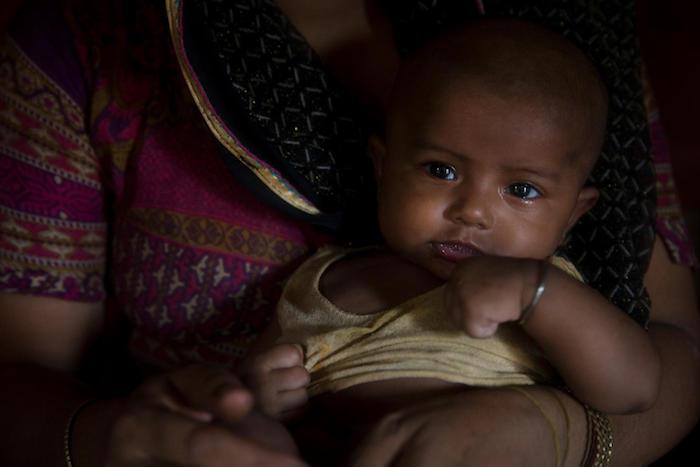
Two-month-old Jubair fell in waist-deep mud one night during a torrential downpour in Chakmakul, one of the camps sheltering Rohingya refugees in Cox's Bazar, Bangladesh. He was quickly rescued. © UNICEF/UN0218221/Modola
UNICEF and partners are on the ground in Bangladesh relocating Rohingya families to higher ground, protecting water supplies, fortifying sanitation and hygiene facilities, providing education and delivering lifesaving supplies and services. There is much more work to be done.
Please help UNICEF support and protect Rohingya refugee children.
Top photo: A girl seeks shelter from the monsoon rains in Balukhali, part of the refugee camp housing over 800,000 Rohingya refugees in Cox's Bazar, Bangladesh. The biggest refugee camp in the world is bracing for more landslides, flash floods and waterborne diseases. © UNICEF/UN0219067/Modola
